Realisation of a Child's Right to a Basic Education in the South African School System: Some Lessons from Germany
DOI:
https://doi.org/10.4314/pelj.v18i7.01Keywords:
Basic education, tripartite school system, equality, dignity, right to basic education, International Instruments, learnersAbstract
It is a greater work to educate a child, in the true and larger sense of the word, than to rule a state.
Education has, since the beginning of time, been regarded as the formal process by which society conveys its accumulated knowledge, skills, customs and values from one generation to another. Today, education is a human right, and the right to education and specifically the right to (a) basic education is acknowledged and emphasised worldwide. In South Africa the right to a basic education is entrenched in the Constitution of the Republic of South Africa, 1996 and is regarded as one of the most crucial constitutional rights, particularly because it promotes economic and social well-being. However, the South African school system is crippled by a myriad of unfavourable challenges, situations and circumstances which will be discussed throughout the article. Many of these challenges, situations and circumstances are frustrating and solutions have been sought diligently – many with success and many without success. The focus in this article falls on the questions of whether the current South African school system sufficiently realises the constitutional rights of learners and whether an alternative school system could lead to the increased fulfilment and realisation of South African children's rights (with a specific focus on the rights to a basic education, equality and dignity). The article therefore deals with the "acceptability" of the South African school system. A comparative analysis with Germany will be done and the German school system will be used as a valuable framework in order to propose an alternative school system for South Africa.
Downloads
Published
Issue
Section
License
Copyright (c) 2015 Chrizell Chürr

This work is licensed under a Creative Commons Attribution 4.0 International License.



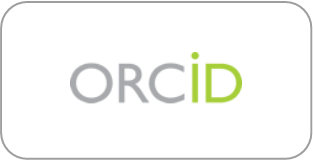



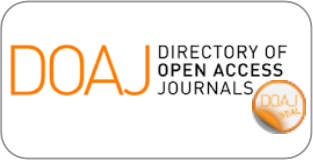
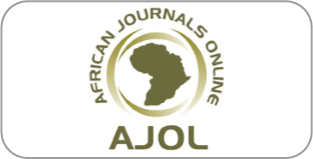
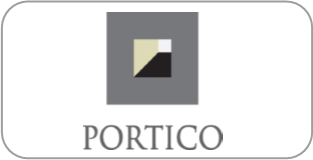


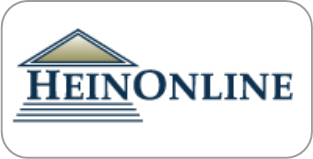

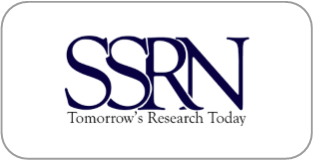
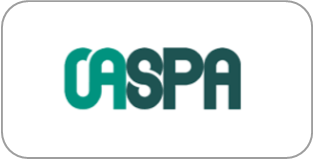
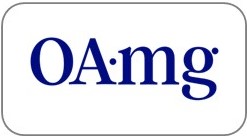

.png)